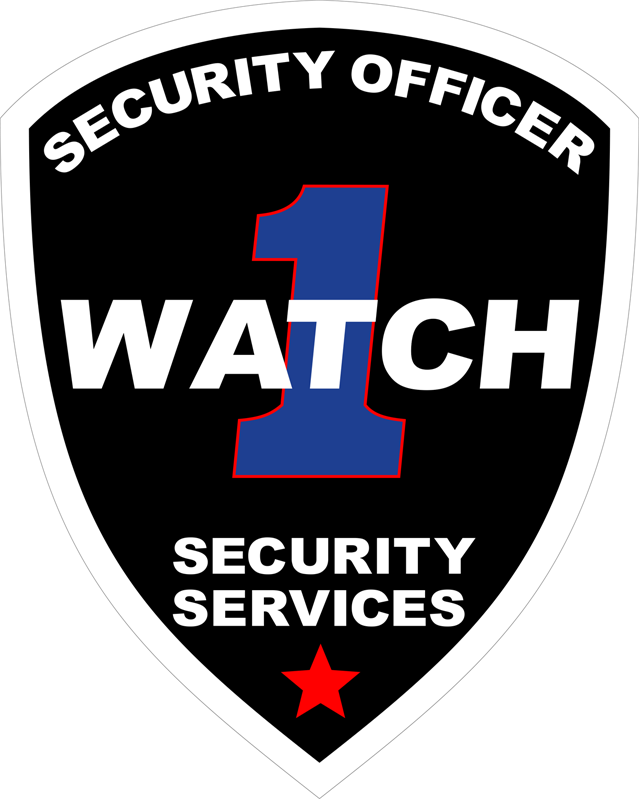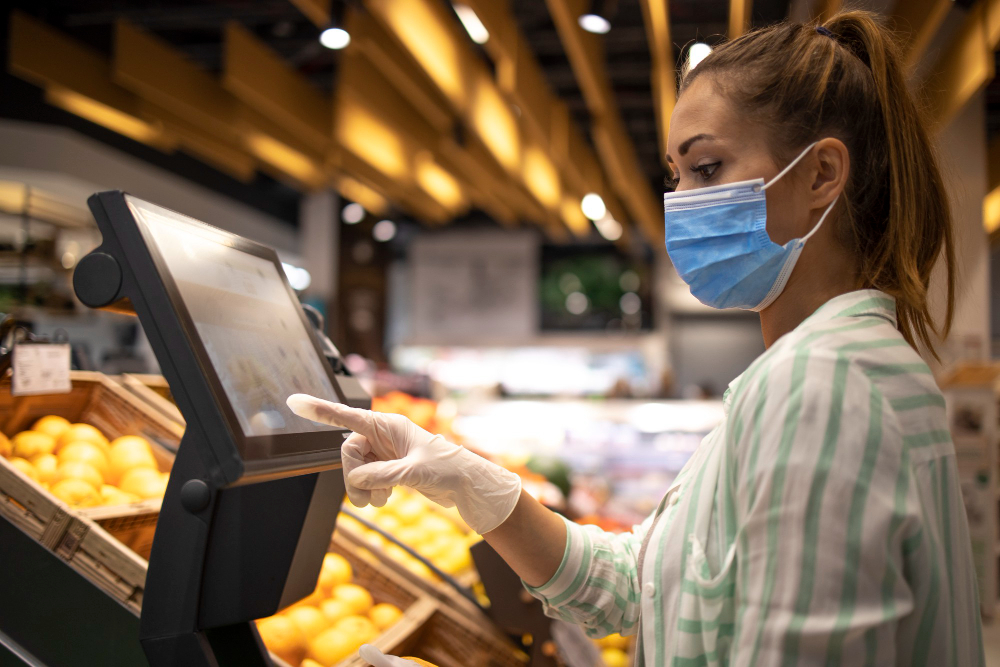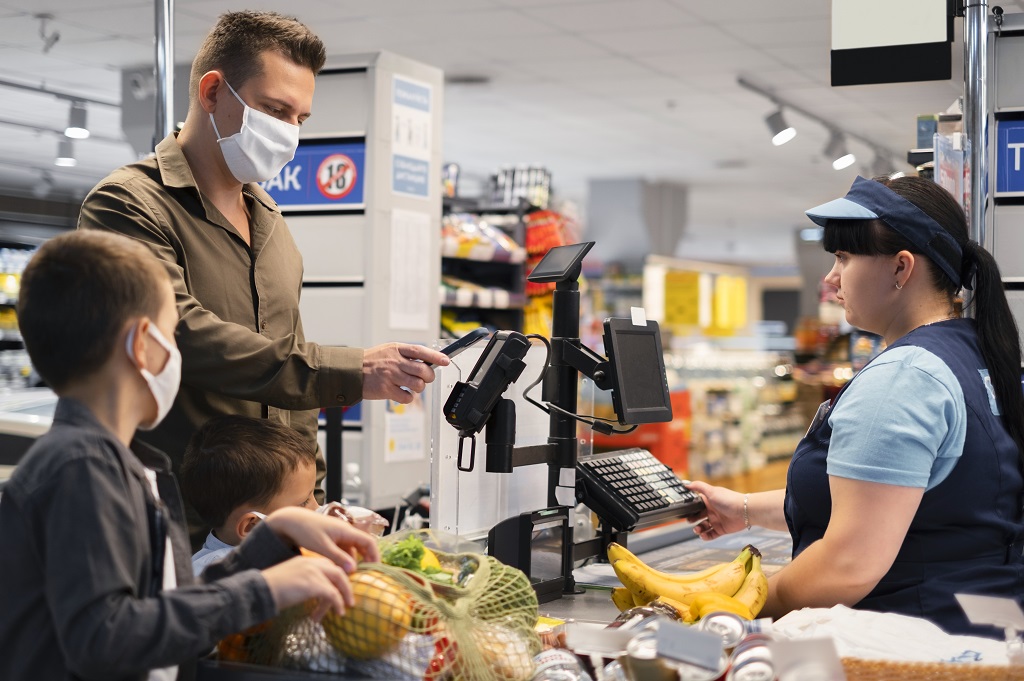In the bustling world of retail, security is paramount. Protecting businesses, customers, and assets is a top priority. Among the various security measures available, vehicle patrols stand out as an effective and versatile option. Let’s delve into why utilizing vehicle patrols is crucial for enhancing retail security.
1.Visible Deterrence
Visual Presence
Patrol vehicles are like beacons of security. When people see a patrol car navigating the premises, it sends a clear message: “Security is here.” This visual deterrent can discourage potential troublemakers from even considering unlawful activities. Criminals prefer easy targets, and the presence of vigilant security makes the environment less attractive for them.
Quick Response
Unlike static security measures, patrol vehicles offer mobility and agility. They’re not stuck in one place; they can swiftly respond to any suspicious activity or emergency. This rapid response capability serves as a warning to wrongdoers that help is just moments away, deterring them from engaging in criminal behavior.
Community Engagement
Vehicle patrols facilitate interaction between security personnel and the community. They’re not confined to a single spot, allowing guards to engage with customers, answer questions, and provide assistance if needed. This engagement builds rapport and trust, making the community feel safer and more connected to the retail space.
2. Enhanced Surveillance and Monitoring
Extensive Coverage
A patrol vehicle covers more ground than fixed security measures. It navigates various sections of the premises, ensuring a comprehensive lookout. This wide coverage minimizes blind spots, reducing the chances of undetected suspicious activity and enhancing overall security.
Adaptability
Vehicle patrols offer a dynamic approach to security. They can alter their routes and focus areas based on real-time observations. For instance, if a certain area appears more vulnerable, the patrol can increase its presence there, constantly adapting to security needs and maximizing effectiveness.
Visual and Audio Documentation
Patrol vehicles often come equipped with cameras and communication systems. This allows security personnel to visually document incidents or suspicious behavior and communicate instantly with the central command or emergency services if needed, aiding in better management of situations.
3. Rapid Response to Incidents
Timely Intervention
In case of disturbances or emergencies, the quick arrival of a patrol vehicle is crucial. Their swift response can prevent a minor issue from escalating into a major problem. This timely intervention helps maintain order and safety within the retail space.
Emergency Assistance
Patrol vehicles aren’t just for security; they often carry basic medical supplies. In medical emergencies, security personnel can provide immediate first aid while waiting for professional medical help. This quick intervention can be life-saving in critical situations.
Coordination with Authorities
If a situation requires police or other emergency services, patrol vehicles act as the first line of contact. They can quickly relay information and coordinate with external authorities, ensuring a more efficient and effective response to emergencies.
Conclusion
Vehicle patrols play a vital role in retail security by offering enhanced visibility, rapid response capabilities, mobile surveillance, flexibility in adapting to security needs, and fostering customer confidence and safety. Their proactive approach to security helps in deterring crime, preventing incidents, and ensuring a secure environment for retail establishments and their patrons.


